Obscure Ancient Civilizations Brought to Light
History has an interesting way of erasing itself. Sand, dirt, or volcanic eruptions have covered up many ancient settlements. Some civilizations mysteriously abandoned their cities that the jungle eventually swallowed up. However, once we find the hidden gems, archaeologists work their magic to uncover them, and they begin to unveil their buried secrets. Unfortunately, news of such findings often go ignored by mainstream media and our educational system and, therefore, these finds remain in the dark. Here we bring you 5 obscure ancient civilizations that we think should no longer be obscure.
1. The Vinca Culture
The Vinca culture is the oldest Neolithic civilization in Southeastern Europe dating back to between 5500 and 4500 BC. Unfortunately, not many people have heard of the Vinca, and thus, they are at the top of our obscure ancient civilizations list. The Vinca built the largest prehistoric settlement found in Europe. Archaeologists discovered the settlement in the village named Vinca in 1908, just a few miles south of Belgrade, the capital of Serbia.
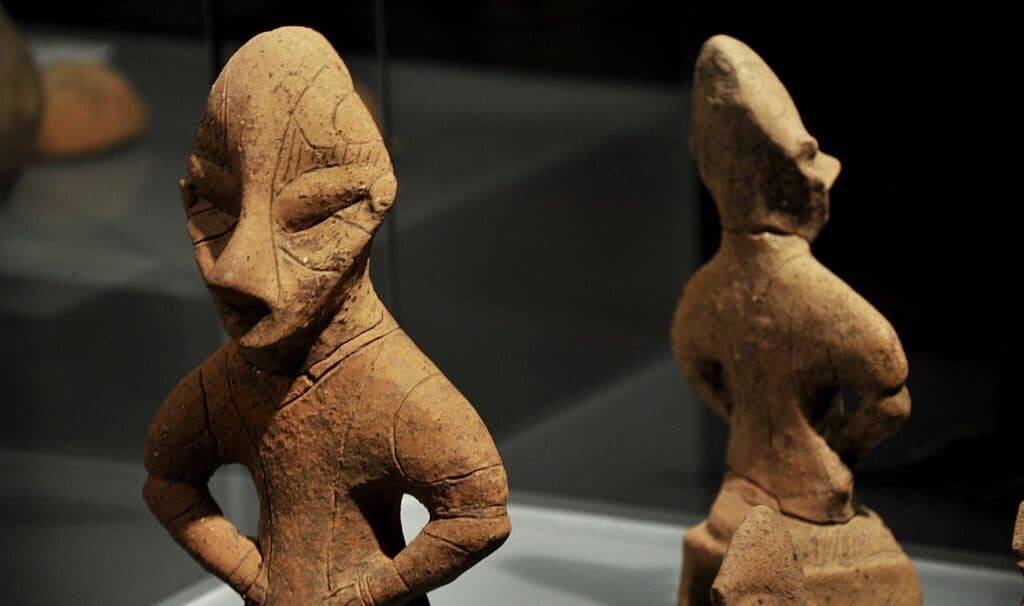
The settlement was a full-fledged town complete with streets, temples, and houses with four or five rooms. The people were farmers and artisans, which included potters, weavers, and metallurgists. The Vinca has the distinction of being the first people known to work with copper.
Related: Ancient Graffiti
In 1961, archaeologists found three stone tablets called the Tărtăria that are named for a village in Romania. They date back to about 5300 BC. All the tablets have symbols inscribed on one side, and experts believe this is the earliest known writing in Europe.
2. The Harappans
The Harappan or Indus Valley civilization is classed among the obscure ancient civilizations at least partly because researchers have not yet been able to decipher their script or find a “Rosetta Stone” that would help them do so. The Harappans were the earliest known urban culture of the Indian subcontinent, and they occupied territory about the size of Western Europe. Their realm was larger than the ancient civilizations of China, India, Egypt, and Mesopotamia.
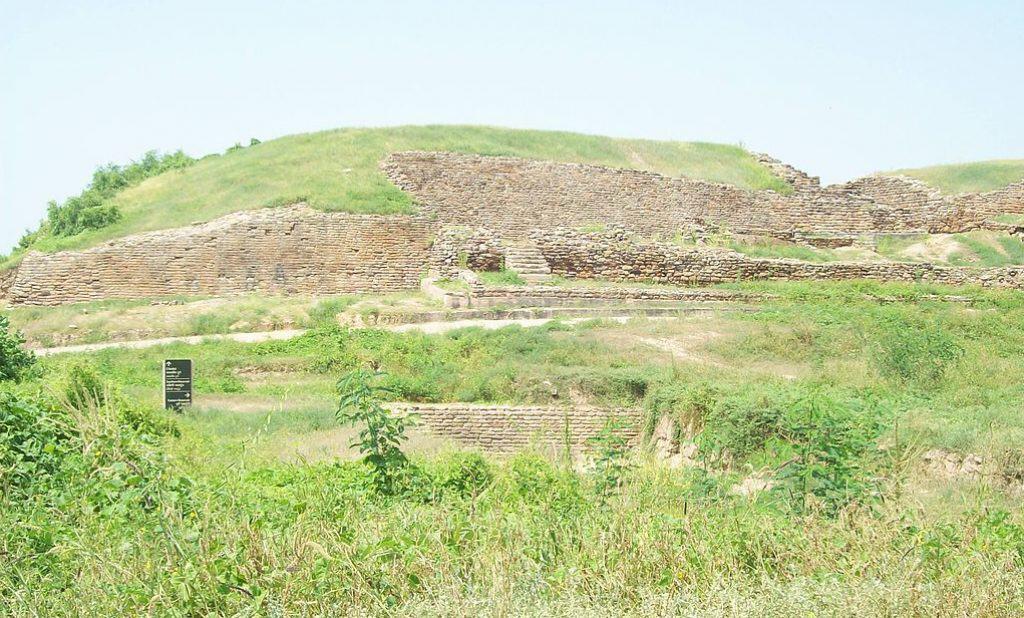
An Army deserter named James Lewis found the first ruins during the early 1800s near Harappa, a small town in Punjab. Archaeologists didn’t really start paying attention until the 1920s when they began to get a sense of the civilization’s size, age, and importance.
Researchers believe the Harappan civilization lasted largely from 2500 to 1700 BC, but some sites in the south persisted until later into the 2nd millennium BC. Archaeologists have so far found two large cities and over 100 villages and towns. The Harappans were farmers and traders who had a large number of domesticated animals, including chickens, two types of cattle, cats, and dogs. They may have also had domesticated elephants, buffalo, pigs, and camels.
You may also like: Olmec Civilization: Their Rise, Culture and Decline
3. The Caral Supe Civilization
Also known as the Note Chico civilization, Caral Supe developed overlooking the Supe River in Peru, around 5000 years ago. It is the second oldest civilization discovered in the Americas and pre-dates Giza, Egypt. One of the most important archaeological finds ever, the Sacred City of Caral boasted temples, circular plazas, an amphitheater, and six large pyramids.
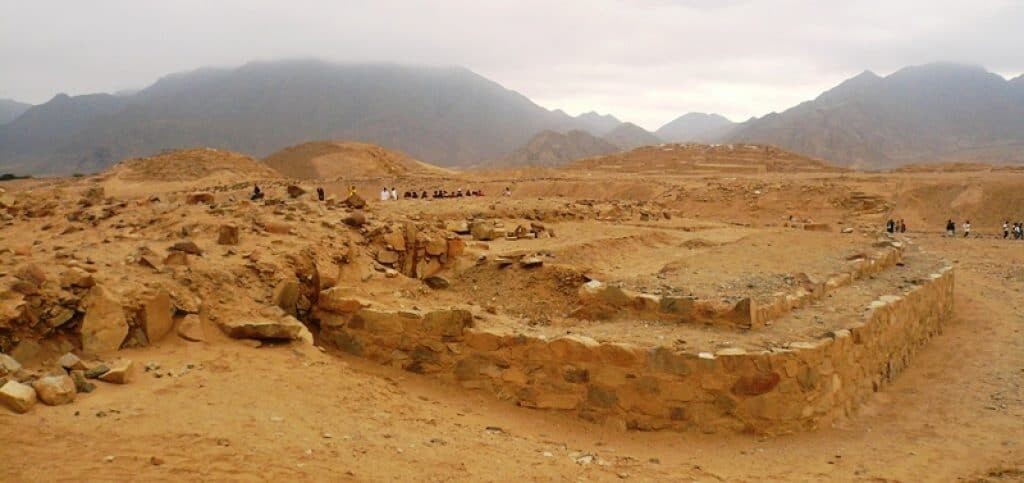
The German archaeologist Max Uhle first surveyed the Supe Valley in 1905. However, the site was ignored because it didn’t contain silver or gold, or even pottery, as the site pre-dates the ceramic age. In the 1970s archaeologists discovered that the “hills” in the surrounding area were actually buried stepped pyramids, rather than sand hills, as once thought. In 1994, Ruth Shady Solis and Jonathan Haas excavated Caral and realized what they had found.
4. The Civilization of Punt
The land of Punt is one of our obscure ancient civilizations because many people have speculated about its location, but nobody has ever agreed upon it. Thus, it is a great mystery to this day. The ancient Egyptians described it and painted about it, however, they did not indicate exactly where Punt was.
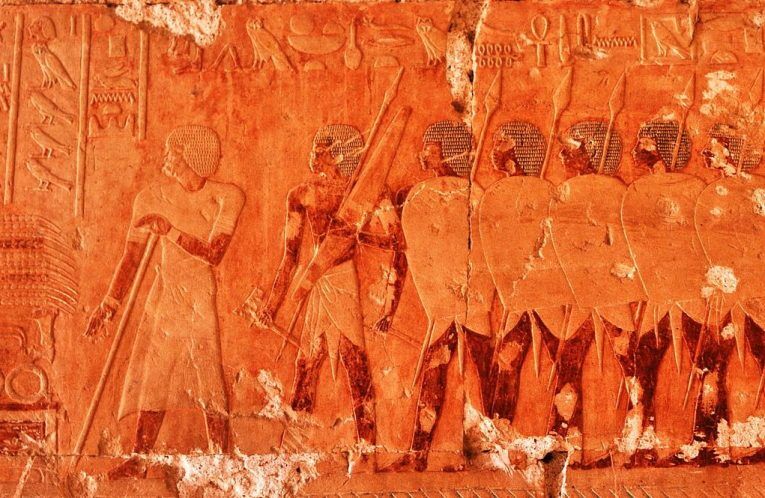
The earliest records of the civilization of Punt cited them as a trading partner of Egypt as far back as 2613 BC. According to their records, the female pharaoh Hatshepsut (c. 1507-1458 BC) sent an expedition to visit the land of Punt in 1493 BC. Egyptians described the land of Punt as extremely rich in resources including gold, ebony, ivory, spices, and incense trees. The explorers on Hatshepsut’s expedition brought back myrrh and frankincense trees and successfully planted them in Egypt. This type of trade was novel because it was the first time we know of that anyone had successfully transported live plants from one country to another.
Related: Where was the Land of Punt?
5. Pre-dynastic Egypt
Predynastic Egypt involves several ancient civilizations. Although the term predynastic describes Egypt from about 6000 BC until the rule of King Narmer around 3100 BC, evidence of the earliest civilizations around Egypt dates back to 40,000 BC. There were a number of groups that lived during the predynastic period of Egyptian history, however, two among the most developed were the Badarians and the Naqadans.
The Badarian culture arose sometime around 4000 BC in the Badari region. They used both stone and copper and made blacktop pottery. Their tools, stoneware, pottery, and agriculture were more sophisticated than the wares of their predecessors.
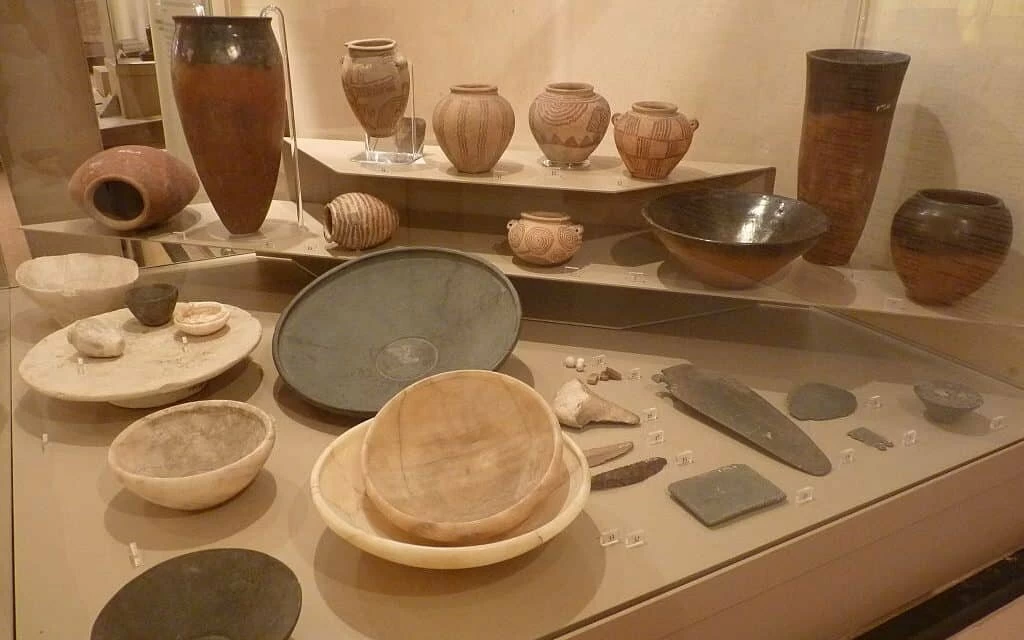
The Naqadan period also probably began around 4000 BC in the Naqada region. They had blacktop and also painted pottery, and they made their bladed tools from obsidian that they got from Ethiopia. The Naqadans traded quite extensively with surrounding regions. Later, around 3000 BC they made items out of metal, and they developed a form of writing.